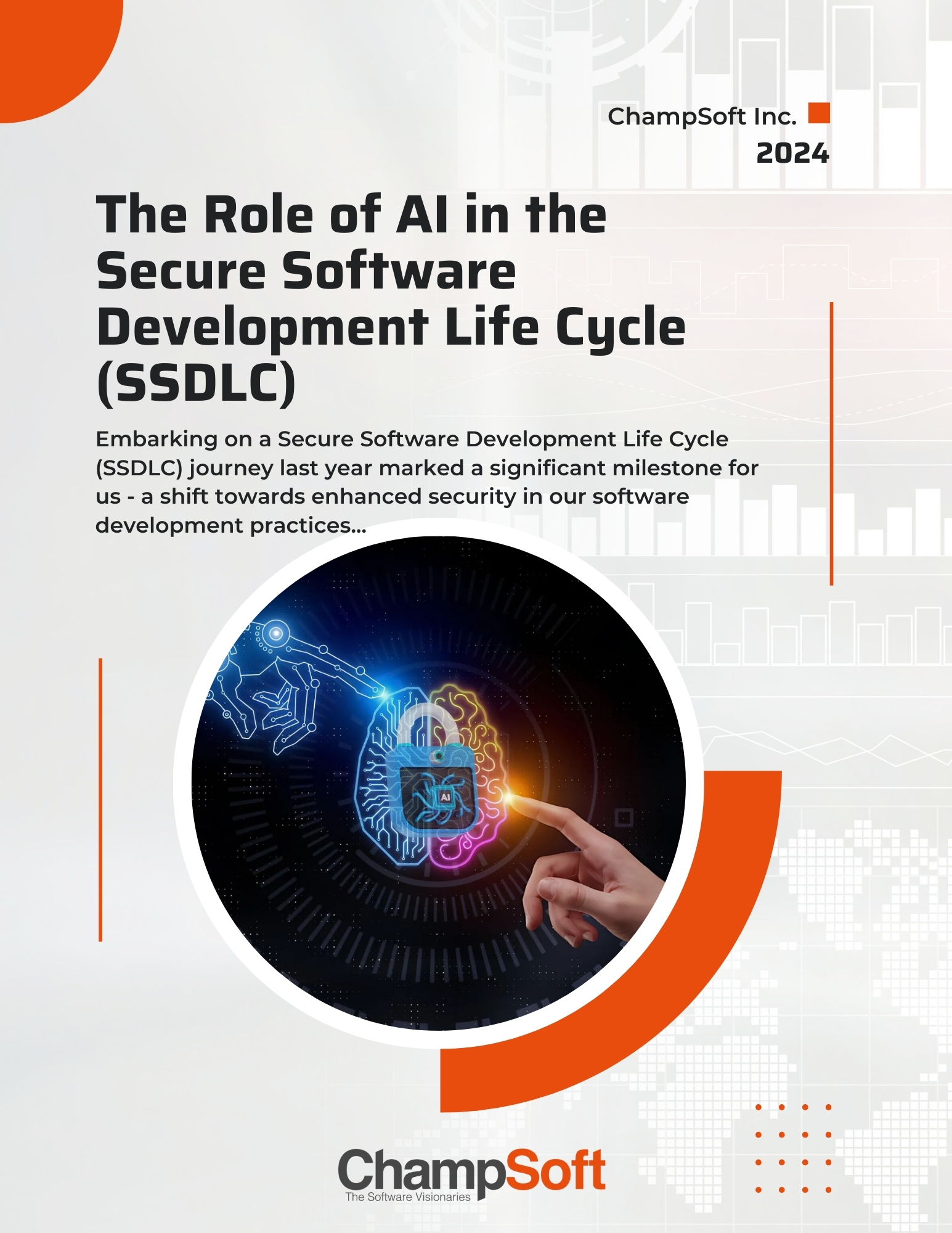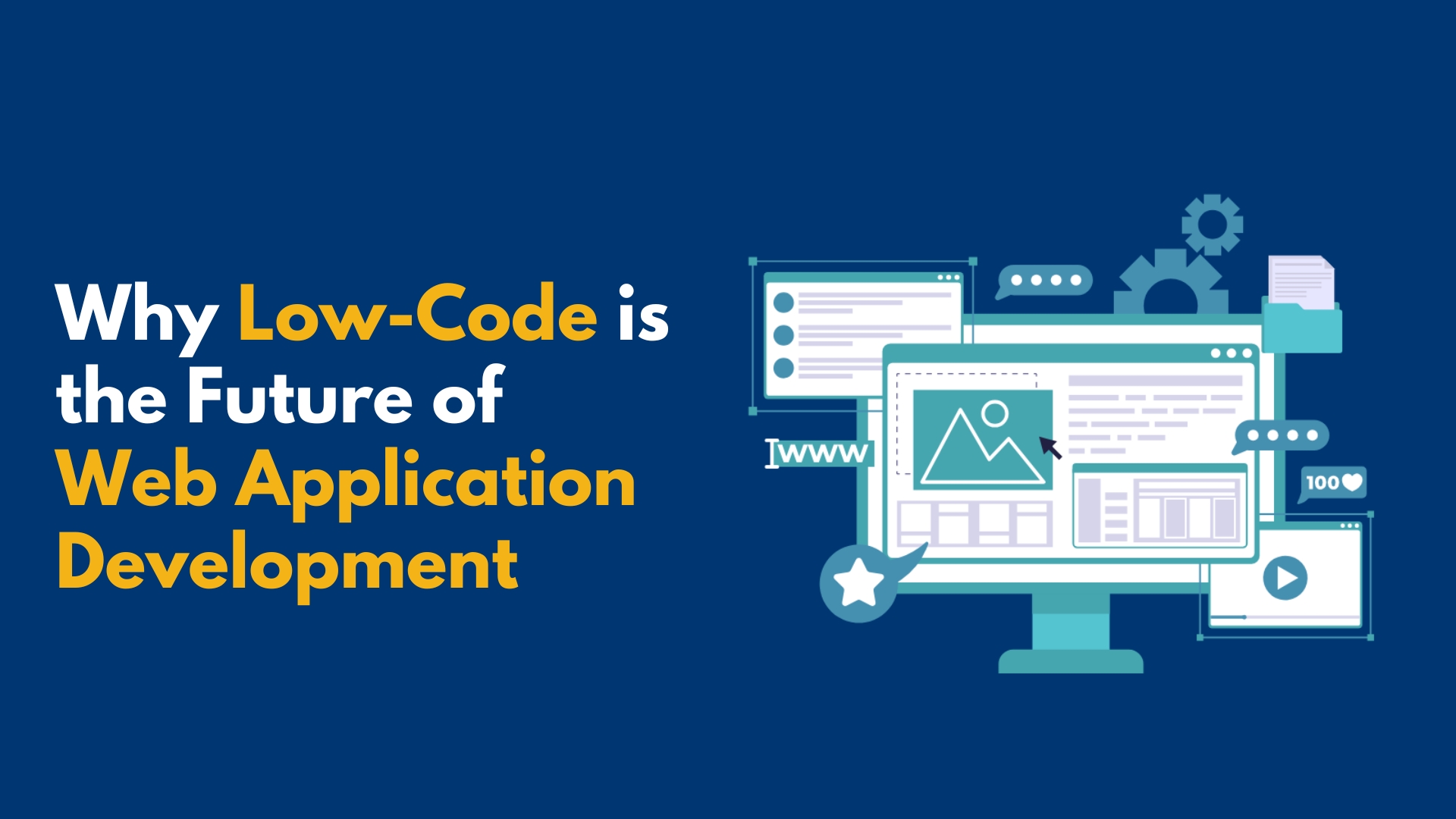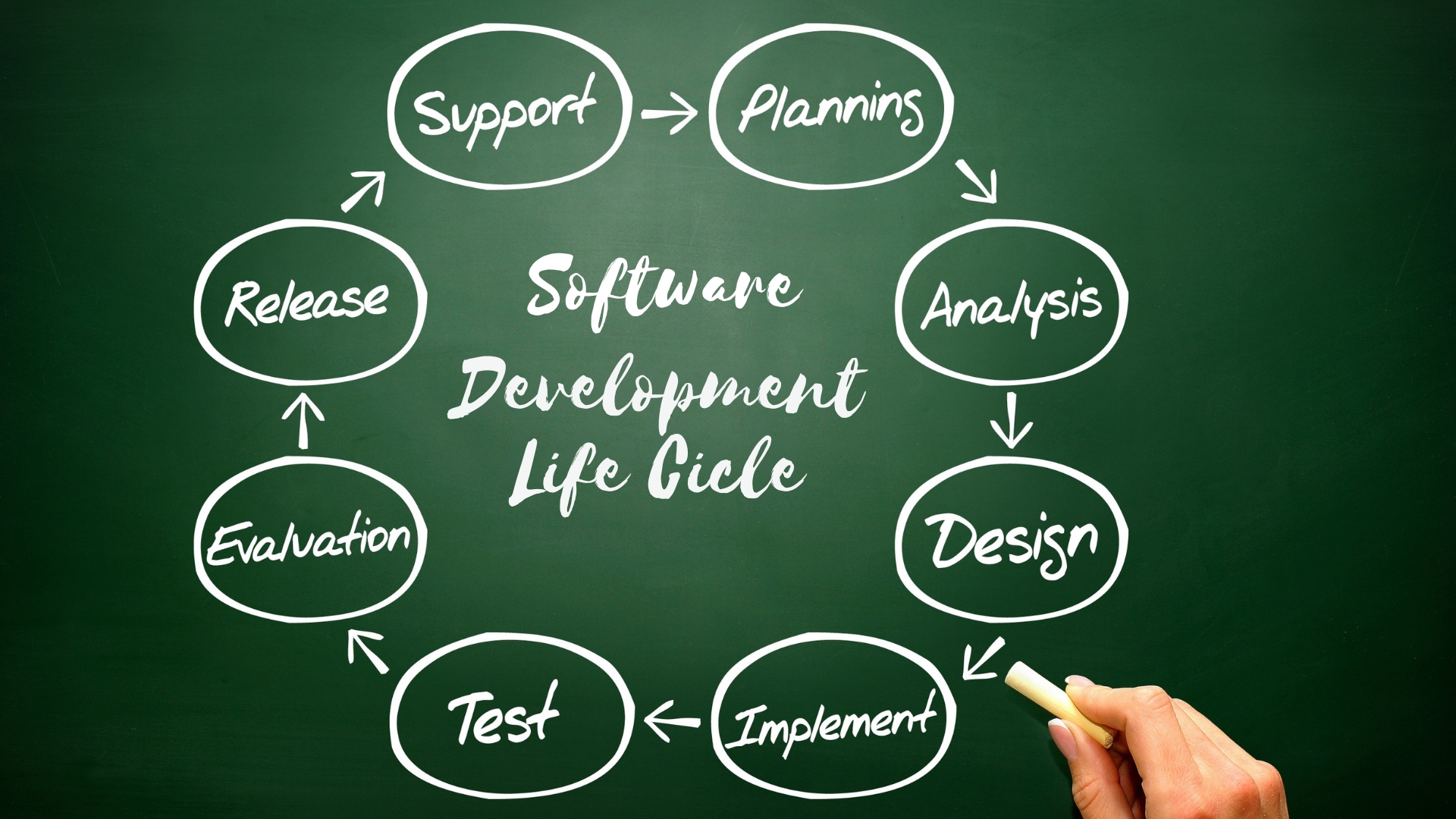The world of software development is ever-evolving, with new methodologies and technologies constantly emerging. One intriguing concept recently gaining traction is “vibe coding.” But what exactly is vibe coding, and could it truly represent the future of software development? In this article, we will explore this novel approach, its implications for the industry, and whether it is poised to redefine how we think about programming.
What is Vibe Coding?
Vibe coding is an innovative approach to software development that emphasizes creativity and intuition over traditional, structured methods. It involves using generative AI tools to assist in coding, allowing developers to focus more on the creative aspects of programming rather than getting bogged down in syntax and debugging.
The idea is to create a more fluid and intuitive coding experience, akin to creating art or music. Vibe coding encourages developers to explore and experiment, fostering an environment where creativity can thrive.
The Rise of Generative AI in Programming
Generative AI, such as OpenAI’s models, has been at the forefront of this shift towards vibe coding. These AI tools can analyze large datasets of existing code, learn patterns, and generate new code snippets based on user input. This capability allows programmers to bypass repetitive tasks and focus on the more innovative aspects of software development.
As AI becomes more advanced, its ability to understand the context and nuances of programming improves, making it an invaluable ally in the coding process.
Why Vibe Coding Matters
The emergence of vibe coding could have significant implications for the software development landscape. It matters for the following reasons:
1. Enhancing Creativity in Software Development
Traditional coding often involves following strict protocols and methodologies, which can stifle creativity. Vibe coding, on the other hand, encourages developers to experiment and think outside the box. By leveraging AI to handle routine tasks, programmers can dedicate more time to exploring new ideas and pushing the boundaries of what’s possible in software development.
2. Streamlining the Coding Process
Vibe coding can lead to increased efficiency by reducing the time spent on mundane tasks. With AI handling the grunt work, developers can streamline their workflows, allowing for faster project completion and potentially reducing costs in custom software development.
3. Making Coding More Accessible
The intuitive nature of vibe coding could lower the barrier to entry for aspiring developers. By simplifying the coding process and emphasizing creativity, individuals who might have been intimidated by traditional programming can find a more welcoming and accessible pathway into the world of software development.
Potential Challenges of Vibe Coding
While the concept of vibe coding is promising, it is not without its challenges. Here are some potential hurdles that need to be addressed:
1. Dependence on AI
Relying heavily on AI tools could lead to a loss of fundamental coding skills among developers. If programmers become too dependent on AI-generated code, they may struggle with understanding the underlying principles of programming and debugging complex issues.
2. Quality and Security Concerns
Code created by AI is not without flaws. There is a risk of producing code that is buggy, inefficient, or insecure. Ensuring the quality and security of AI-assisted code will be a critical challenge for the industry as vibe coding becomes more prevalent.
3. Ethical Considerations
As with any AI application, there are ethical considerations to address, such as data privacy and the potential for bias in AI-generated solutions. Developers must remain vigilant to ensure that the use of AI in vibe coding aligns with ethical standards and does not perpetuate harmful practices.
The Future of Vibe Coding
The future of vibe coding holds exciting possibilities, but it will require careful navigation of the challenges it presents. As generative AI continues to evolve, the potential for innovation in software development is immense. However, striking a balance between creativity and technical rigor will be essential.
Embracing a Hybrid Approach
One potential pathway forward is a hybrid approach that combines the strengths of vibe coding with traditional programming methods. By integrating AI tools into existing workflows, developers can leverage the benefits of vibe coding while maintaining the technical skills necessary to produce high-quality software.
Continuous Learning and Adaptation
As the industry adapts to this new paradigm, continuous learning and adaptation will be crucial. Developers will need to stay informed about advancements in AI and software development practices to fully harness the potential of vibe coding.
Conclusion
Vibe coding represents a fascinating development in the world of software programming. By prioritizing creativity and leveraging generative AI, it offers a fresh perspective on how software can be developed. However, the journey to fully realizing the potential of vibe coding will require addressing its challenges and ensuring that the integration of AI aligns with ethical and quality standards.
As we look to the future, the blend of human creativity and AI-driven efficiency may very well define the next era of software development. Whether vibe coding becomes the norm or remains a niche approach will depend on how effectively the industry can integrate and adapt to this innovative methodology. The potential is vast, and the journey is just beginning.






